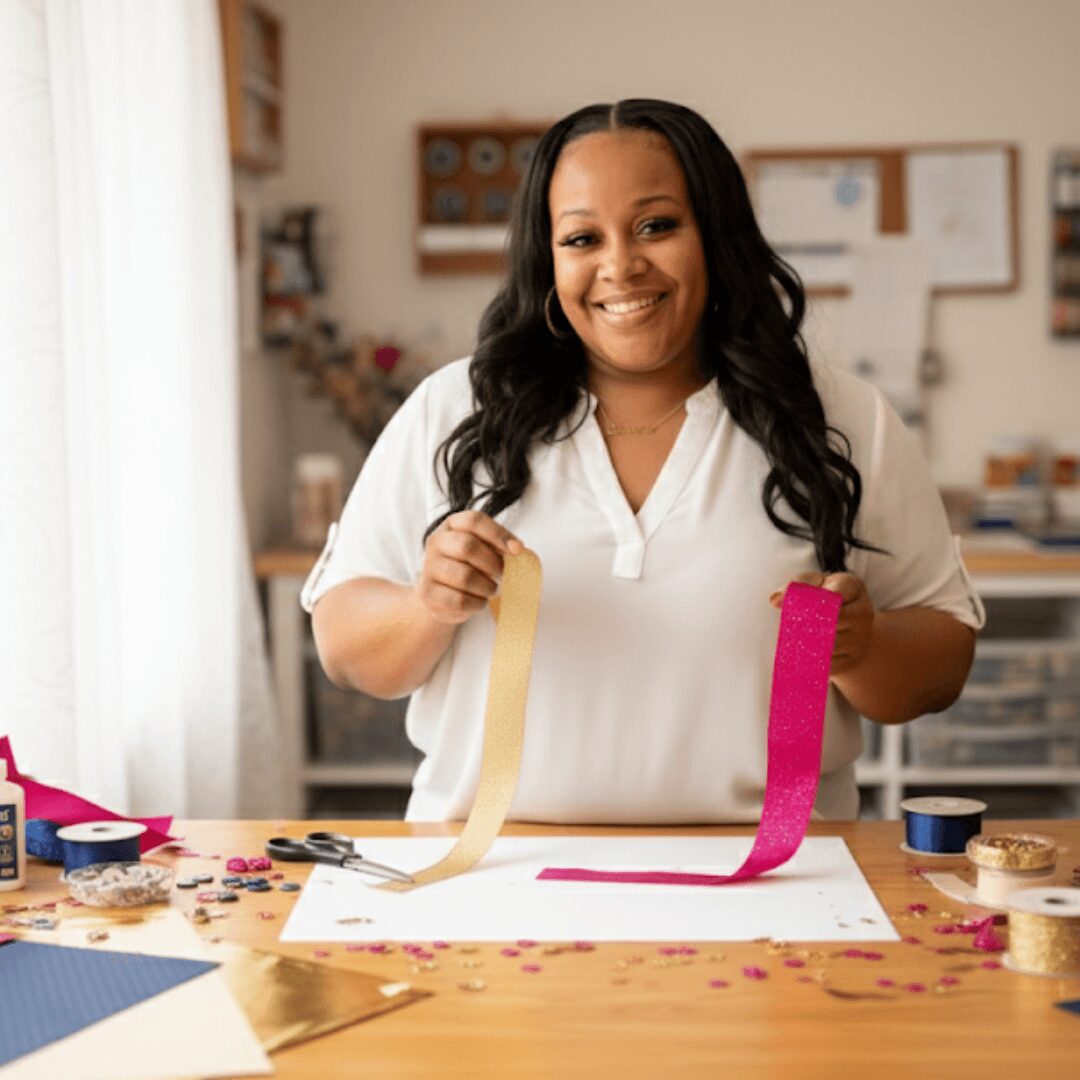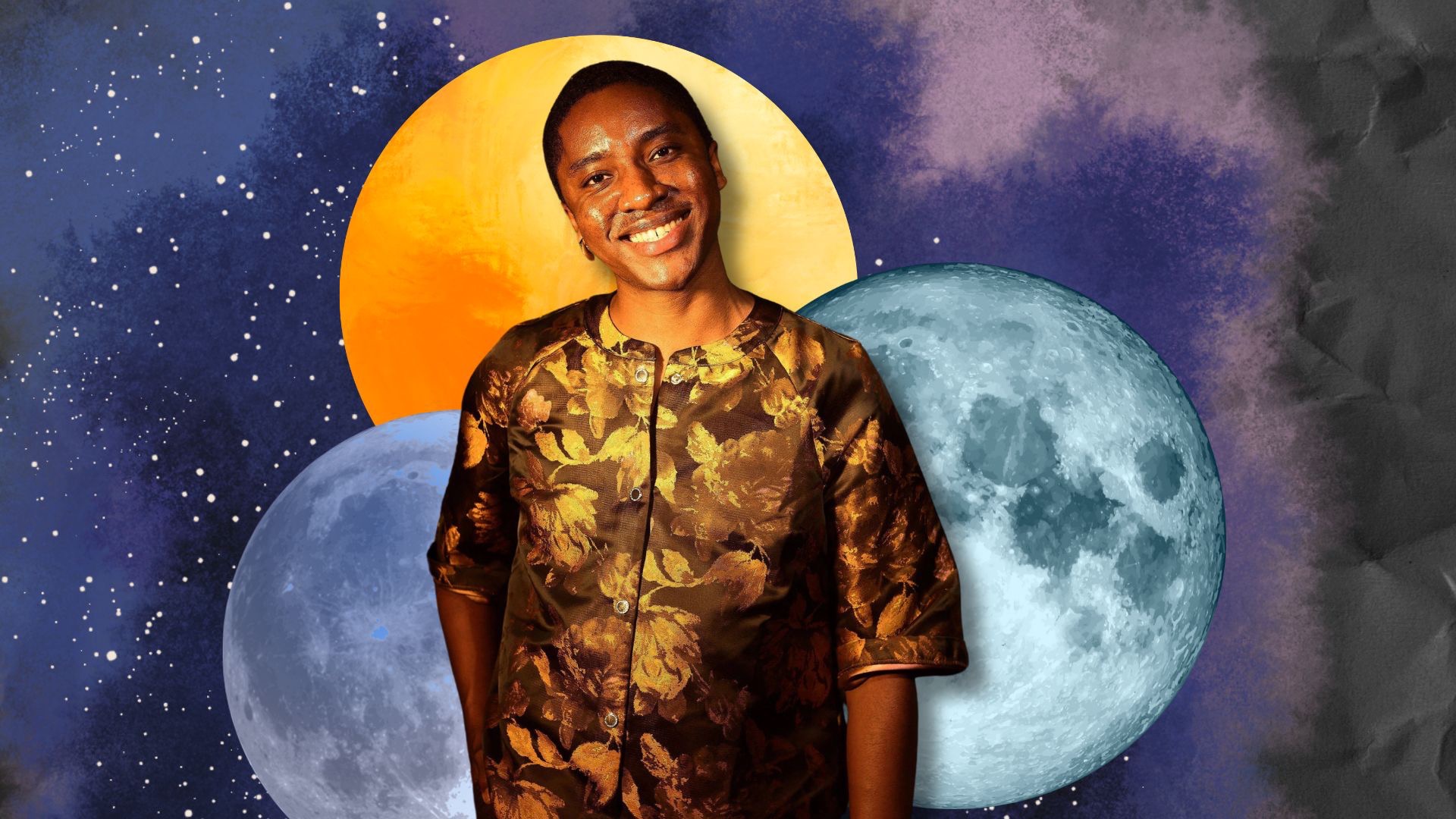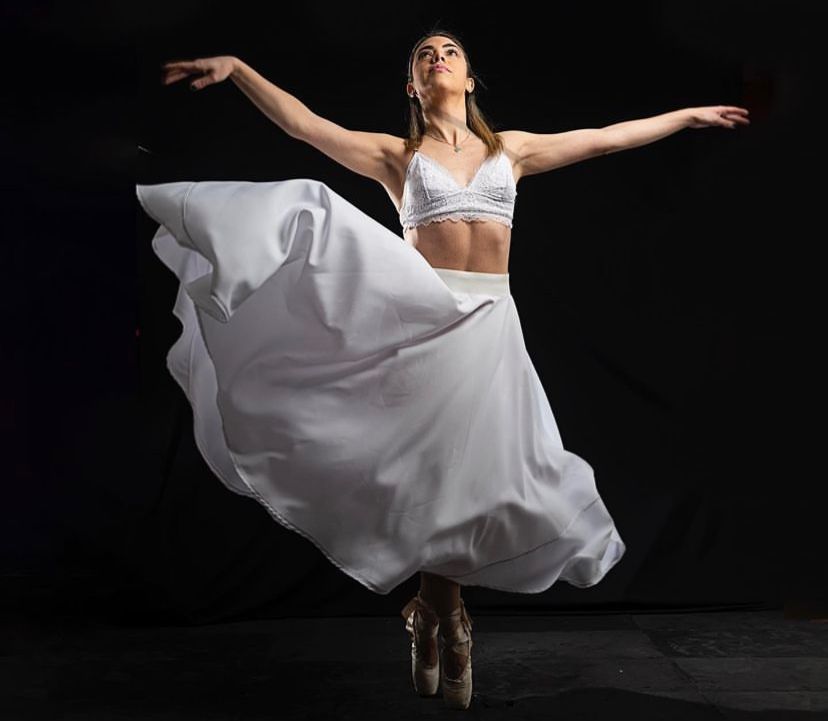Alright – so today we’ve got the honor of introducing you to Amy Sargent. We think you’ll enjoy our conversation, we’ve shared it below.
Amy , so great to be with you and I think a lot of folks are going to benefit from hearing your story and lessons and wisdom. Imposter Syndrome is something that we know how words to describe, but it’s something that has held people back forever and so we’re really interested to hear about your story and how you overcame imposter syndrome.
I don’t believe anyone truly gets over imposter syndrome. If you’re comfortable, it probably means you’re not being challenged, and not learning and growing.
I think I’ve just reached an age where I’ve realized no one really truly feels they belong, and that’s okay. Growth stems from change, and change means discomfort. I think the best advice I could give to anyone striving to achieve a goal, is get comfortable being uncomfortable.

Thanks for sharing that. So, before we get any further into our conversation, can you tell our readers a bit about yourself and what you’re working on?
Weyt-kp! (Hello!), my name is Amy. I’m a Secwépemc artist residing in Tkaronto. I fell in love with photography quite young, taking photos for my high school year book. I mainly focus on street photography, or events with local Indigenous artists. I love capturing moments, and connecting with someone through their art whether it be dance, singing or drumming. I believe through photography, you can connect, and feel someone’s energy.
I also do beadwork, which I picked up more recently, about 5 years ago. I used it as an avenue of feeling more connected to my community, and to be able to offer knowledge to the next generation in my family. I want them to feel a stronger connection to culture than I did growing up.
As the daughter of a residential school survivor, I didn’t grow up around culture. Attending residential school disconnected my family from their culture, as ceremonies and language were not allowed at these “schools”. The disconnect continues in my family, as there was a lot of trauma and shame attached to the culture. As the first generation in my family to have not attended residential school, I feel it is my responsibility to heal and reconnect. Not only for myself, but for all my ancestors that did not have the same opportunities, as well as all the future generations to come.
Photography and beadwork has helped me on healing journey, by allowing me to capture the beauty that stems from our culture, and share it with the world. I hope my work inspires you to explore everything the Indigenous nations across Turtle Island have to offer.
With beadwork, I focus on using as many natural materials as I can, Dentalium shells, freshwater pearls, leather hides, and natural gemstones and metals. I focus on these as it highlights my connection with nature, and the land. I highlight the same connection is photography by limiting the edits I do to photos. I shoot manual and often limit the post editing I do to light corrections. I try to capture the moment and energy of a performance, vs creating something that wasn’t there.
Although beadwork and photography are two vastly different mediums, I feel a strong connection to both. With photography I feel like I’m capturing a moment, and commemorating the energy that the performance created. With beadwork, I feel like I’m putting my energy into my work, and giving away part of myself with each piece I make.
Neither are done with the hopes of creating a large, successful business. As for a business model, they’re both equally challenging as they’re 100% reliant on me and my time, expansion options are minimal, if I want to stay true to my art and my craft. Instead I utilize them as my creative outlet, and something that brings me an immense amount of peace and joy.
This year however I have expanded, and decided to take part in a couple storefronts, including the Pacha Arts pop up shop in Toronto, as well as the Aaniin pop up in the Toronto Eaton Centre. I mostly did that to challenge myself and support other Indigenous entrepreneurs. The beadwork community is strong, and filled with so many talented full time artists. I appreciate being a part of the community in Toronto, as they are some of the kindest, and talented people I know. Chelsee from Aaniin, Mercedes of Little Shiny Wolf, Caitlin from Pre & Peri, Saga from Beadwork by Saga, and many more. I consider myself lucky to know them, and be able to call them friends.
Me7 t̓ékstem ri7 re ckwnémten-kt. (We’ll continue with our culture).

Looking back, what do you think were the three qualities, skills, or areas of knowledge that were most impactful in your journey? What advice do you have for folks who are early in their journey in terms of how they can best develop or improve on these?
I think the most important thing I could have learned, was that everyone’s definition of a business is different and that’s okay. Figure out what scale you’d like yours to be and reach for that. It’s okay if your model doesn’t look the same as others, so don’t focus on comparing yourself.

Okay, so before we go we always love to ask if you are looking for folks to partner or collaborate with?
I’m always looking to collaborate with other Indigenous artists, whether through my photography or beadwork. As a proud member of the FNIM community, I believe in the importance of uplifting and supporting one another, creating spaces where our art, stories, and traditions can thrive. Collaboration is a powerful way to celebrate our culture, share knowledge, and strengthen our collective voice. If you’re an Indigenous artist looking to connect, I’d love to work together and create something meaningful!
Contact Info:
- Instagram: @desertlilybeads and @desertlily.photography


Image Credits
Ashley Duffus
Amy Sargent
so if you or someone you know deserves recognition please let us know here.




